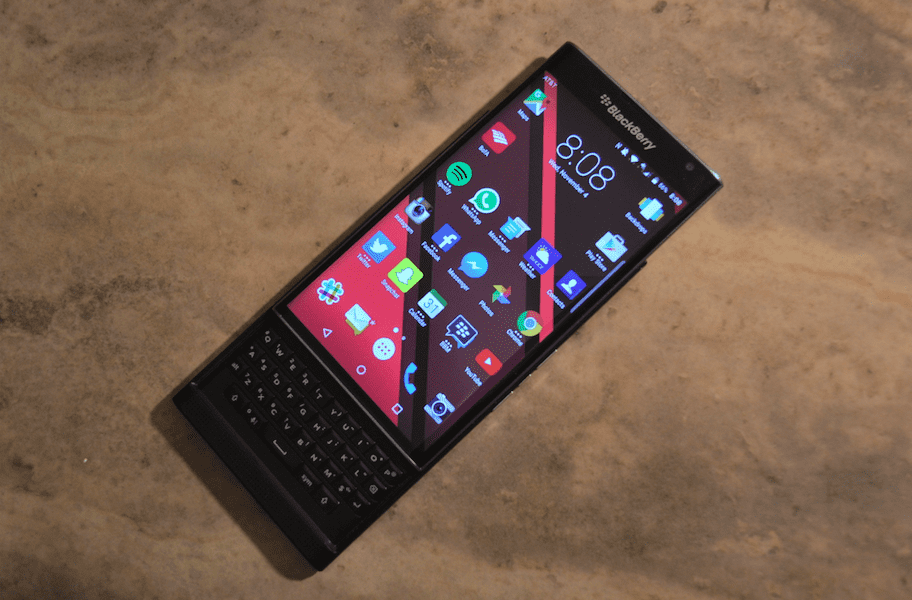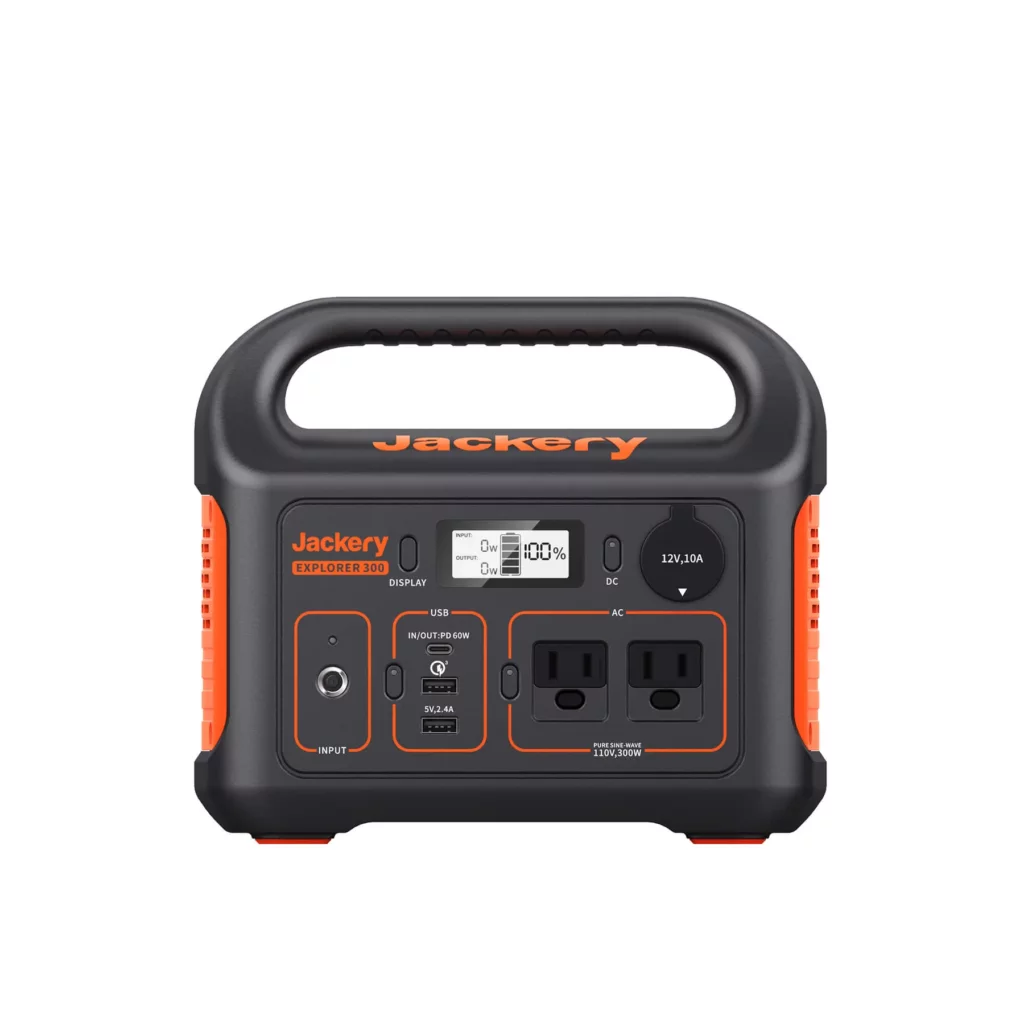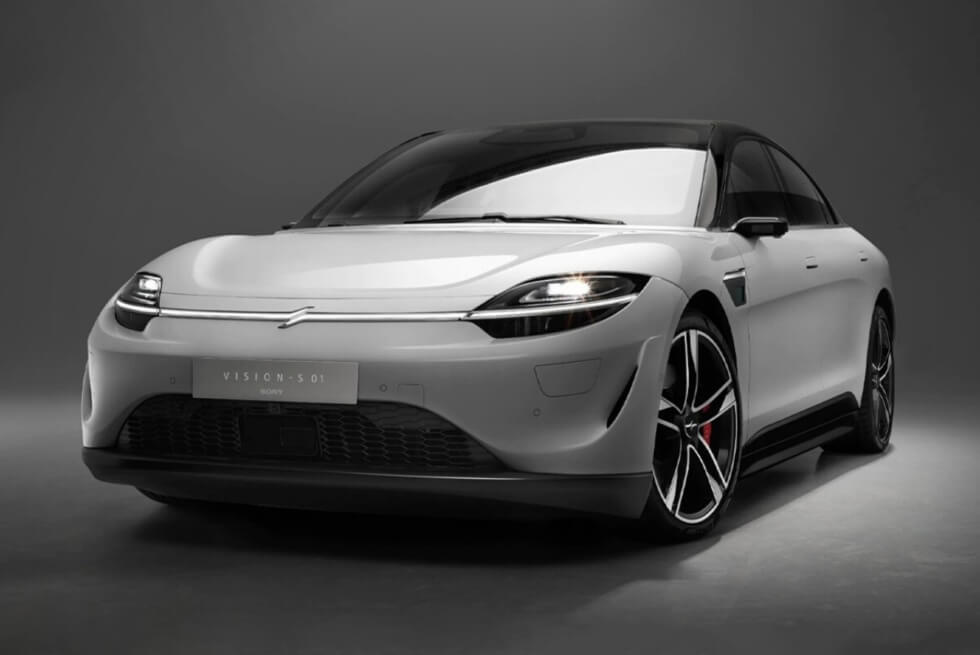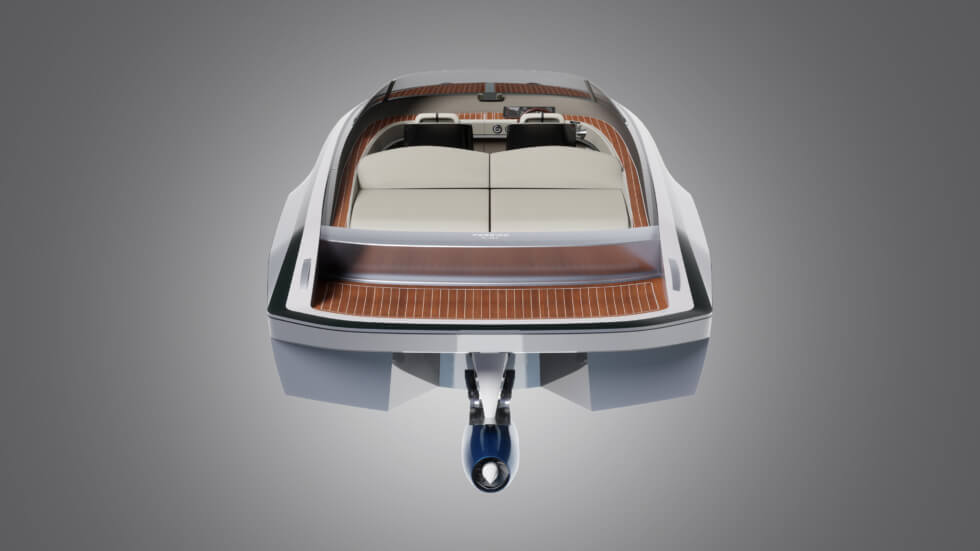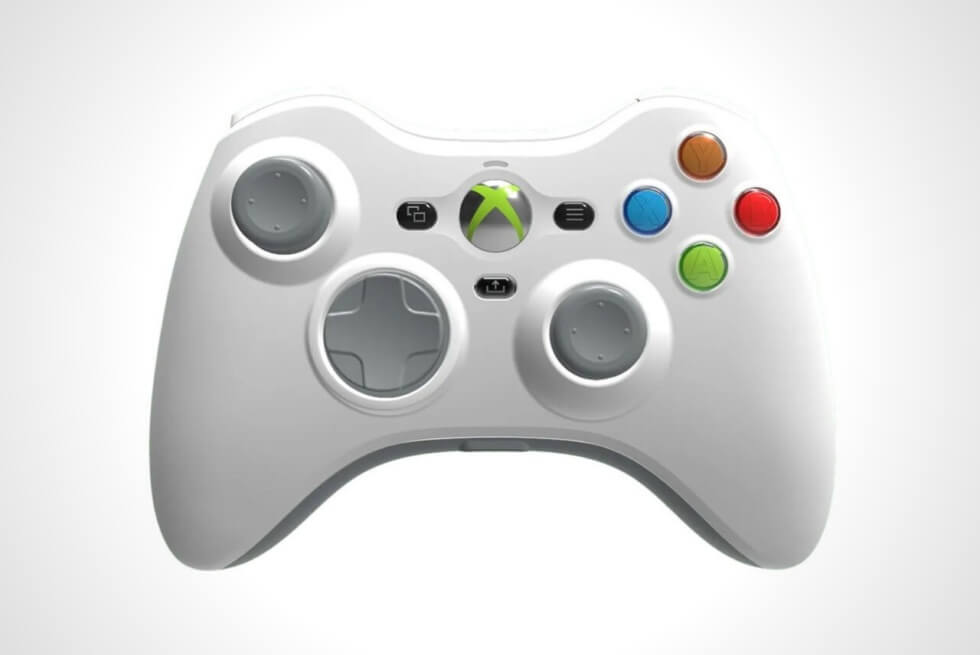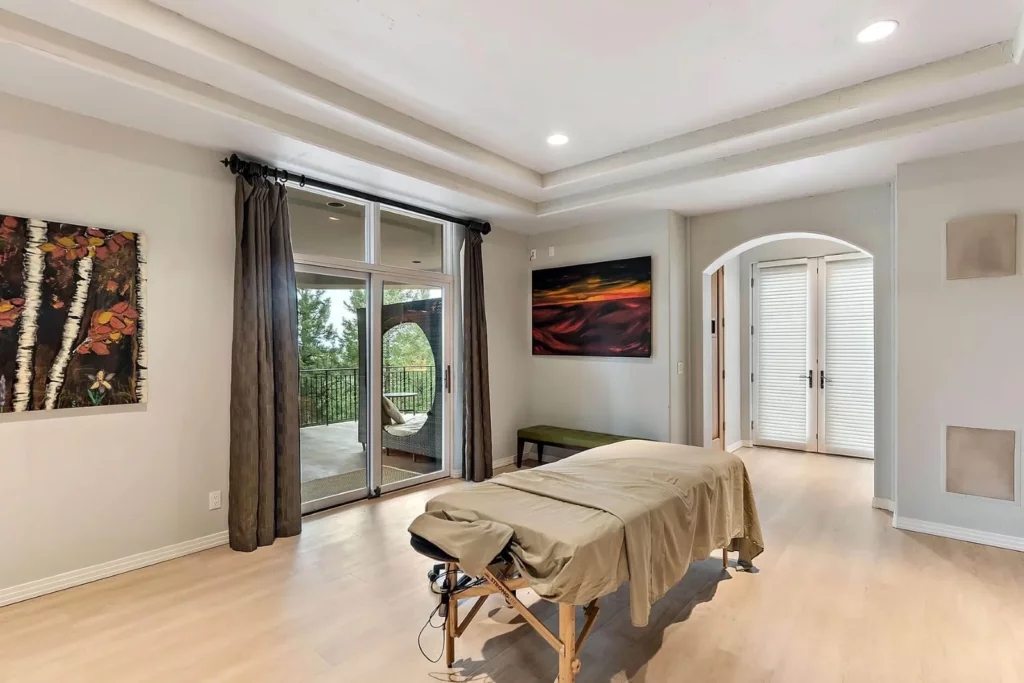For years, the name BlackBerry has been synonymous with security. High-ranking government officials, and top executives of the world’s biggest companies rely on BlackBerry devices and services. Unfortunately for the Canadian company, their BlackBerry 10 operating system has failed to gain traction since its launch back in 2013. People have always liked BlackBerry’s hardware, but their software just didn’t have enough app support to move the consumer needle in a significant way. Now, BlackBerry has been forced to evolve beyond their own proprietary software to keep their hardware division alive. Enter the PRIV, BlackBerry’s first Android-powered smartphone.
Earlier this year when the first leaks pointed to an AndroidBerry being in the works, most of us had our doubts. First of all, we weren’t even that sure that it actually existed, much less believe it was the right call for the company. Sure enough, the leaks kept pouring in, and eventually, BlackBerry announced the PRIV.
At a briefing about the device in New York City last week, company execs told us it was a natural evolution for BlackBerry to launch an Android smartphone. After all, they’ve been working closely with Google on Android for their BES software for a while now, and were looking to expand their hardware business to a larger base of users. These users not only want the latest hardware, and apps, but also want security and the peace of mind that their personal information and content is still theirs to control. That privilege, and focus on privacy is what led BlackBerry to this device and its name PRIV.
This last week, I’ve gotten a chance to test out the PRIV by BlackBerry, and it was definitely a unique experience. I’ve owned and/or tested pretty much every BlackBerry 10 device to market so far, so this was definitely different. Coupling the hardware I’ve come to know with a completely different OS that offers every app and service I could want was definitely cool. The overall experience for me was a bit mixed, however. There were some things I absolutely loved, and others that really needed to be improved. Here’s our review of the PRIV by BlackBerry.
We should start off with a little background on what the PRIV actually is: a BlackBerry slider that runs Android, not BlackBerry 10. BlackBerry told us that from the beginning, the PRIV was made specifically for the Android crowd. They obviously didn’t want to reveal that was their plan back in February when they first showed it off, but that’s what we’re told. While the fact that BlackBerry is using Android software on their newest flagship is surely a big deal, the hardware is what will probably draw the most amount of attention from anyone that considers picking up this device.
Hardware and Display
The PRIV is a vertical/portrait slider, and as such it has two separate parts: the screen, and the rest of the device which includes the physical keyboard. Not many OEMs around the world make sliders of any kind anymore simply because they’re not easy to manufacture. Those that do make them tend to make them cheap, and the sliding mechanism ends up feeling like it could just fall off at any moment. BlackBerry’s PRIV is the complete opposite of that. The screen is tight, and locks firmly in place whether it’s opened or closed. The raised lower edge of the PRIV’s display sits perfectly on top of the speaker grill and has no give or movement when it’s shut. You can definitely tell BlackBerry has put a lot of time designing this device and getting the parts to work perfectly together.
The actual materials that are used on the PRIV could be a little better though. Most of the device is plastic, unfortunately. Though, on the plus side, the sliding mechanism, which BlackBerry calls SmartSlide, is made up of aircraft-grade aluminum. This aluminum surrounds the entire screen and gives a nice detailed outline of where the device slides up. This contrasts really well with the rest of black hardware. The PRIV features the BlackBerry-favorite glass weave back that improves grip and adds a non-glossy finish to the device. It looks really good from afar and up close.
At 3.04-inches wide, the PRIV is only slightly wider than the S6 edge+ (2.98-inches wide), but since it’s also shorter (5.79-inches tall) than Samsung’s big curved-display smartphone (6.08-inches tall), the PRIV looks wider than your average smartphone in the hand. For a slider, the PRIV is also really thin (9.4mm thick) and light (192g). The PRIV can be handled comfortably with one hand, even with the keyboard out. It doesn’t feel top heavy in the least bit either when opened – a huge plus for any portrait slider.
The PRIV features both a nanoSIM slot and microSD slot on top, right behind where the screen slides up. In my personal use, both of these slots were annoyingly difficult to pop open. BlackBerry includes a SIM tool in each PRIV box, but even after inserting it, the slots would remain closed. Not a terribly big deal, but more of an annoyance for the first time you’re setting everything up. The left side of the device features a single power button, while the right side has volume up and down keys (which can also be used to set the ringer volume) split by a mute/unmute button in the middle. On BlackBerry 10 devices, this middle key serves as a Play/Pause button, but that’s not the case on the PRIV. It only mutes/unmutes media (music, videos; etc), and does not stop it from continuing to play. The bottom of the PRIV features a microUSB connector with SlimPort enabled and the standard 3.5mm headphone jack.
Display
The front of the PRIV has one of the best hardware features this device has to offer: a stunning 5.4-inch QuadHD display that’s protected by Corning’s Gorilla Glass 4. The ~540 ppi pixel density (1440 x 2560) this screen has to offer puts it right up top with the best Android smartphones in the world. Although it’s an AMOLED display, the brightness on this device is a non-issue. In broad daylight, I had no problems seeing anything on the screen. Colors are vivid, and accurately represented from all angles. You’re not going to see any pixelation either no matter how hard you look. And then, of course, there’s the curve.
The PRIV’s features curved vertical edges on both sides of the screen. The edge-to-edge curved display isn’t new or exclusive to BlackBerry’s slider – Samsung’s S6 edge and S6 edge+ were the first – but it’s still rare and sexy enough to warrant looks and random “oohs” and “aahs” from those that see it. The usefulness of the curved edges is still up for debate, however. We’ll cover that more in the software section below.
BlackBerry Keyboards
BlackBerry’s communication-focused keyboards are a big attraction with the PRIV. Seeing as how it’s a slider, the PRIV provides the best of both worlds for typing. Most smartphone owners are used to using glass, and the BlackBerry virtual keyboard does a good enough job out of the box. BlackBerry 10 users will automatically recognize the keyboard and the gestures that go along with it. Unfortunately, most other users that are use to Android’s Google keyboard or other third party ones like Fleksy or SwiftKey may feel the BlackBerry keyboard falls short. In my time testing it, the virtual keyboard was glitchy, and occasionally added extra letters and apostrophes in places that really didn’t need them. In other times, the keyboard failed to autocorrect words altogether. Like with other software parts BlackBerry has included in the PRIV, the BlackBerry keyboard has been getting updated quite a bit since I first got the device. I’m hoping that these small, yet annoying, software issues get resolved quickly.
If you’re a fan of physical buttons, the slide-out keyboard is there for you too. Since BlackBerry is the only major OEM to make phones with keyboards, there’s no real comparison with anyone else. The PRIV’s keyboard is nice, but it’s not nearly as good as the Classic’s or even the Passport’s. The iconic BlackBerry frets are a no-show on the PRIV, and the keys don’t feel nearly as cushiony as my Classic’s. On the plus side, typing on it is very comfortable overall. The device does not feel top-heavy at all when the keyboard is open, which was a big concern when this device was first announced. And while the PRIV’s keyboard isn’t the best BlackBerry physical keyboard, it’s still miles ahead of anything else anyone has put out over the years. The keys are all firmly in place. Nothing jiggles or moves if it’s not supposed to. This is a solid keyboard we’re talking about.
BlackBerry fans will be happy to know you can also assign shortcuts to the keyboard on the PRIV. A simple long press on any letter key will pop up a prompt to assign an action. You can have the PRIV open up a specific app, have someone on speed dial, or simply add another shortcut instead. This feature is one that BlackBerry has polished over the years, and I’m really happy to see it make its way to Android as well.
Another cool feature of the PRIV’s keyboard is the ability of it to be used as a trackpad for scrolling. If you’re looking at a website, going through your Hub, or Twitter, you can slide out the keyboard and use it to scroll through content. Unfortunately, some apps like Facebook scroll backwards (a swipe down scrolls down instead of up, for example) when using the keyboard, so it can be a little confusing to use depending on what you’re doing.
Software
The PRIV by BlackBerry comes loaded with Android 5.1.1 Lollipop out of the box. BlackBerry says they will be updating it to Android 6.0 Marshmallow in the coming weeks. BlackBerry’s own Android skin, appropriately named BlackBerry Launcher, is about as close to stock Android as you can get. BlackBerry has left changes to the overall UI at a minimum with hopes it’ll expedite the updating procedure to newer software after it’s released by Google.
The BlackBerry Hub
With the introduction of BlackBerry 10, we got a concept of a unified inbox for all your communication needs. This distinguishing and useful feature has been brought over to the PRIV, and in some ways is better and, in other ways, worse than its BB10 counterpart.
The BlackBerry Hub groups all your email, Twitter, Facebook accounts, text messages and BBMs into one app that you can conveniently check whenever needed. You can take action on all these Hub items with simple swipe gestures. These left and right swipe gestures can be preset in the Settings menu to Snooze, Mark as Read/Unread, Delete, Flag/Clear Flag, File, or Mute. This is one big improvement over the Hub on BlackBerry 10. Unfortunately, the useful swipe gestures are hindered by the fact that the software on the Hub needs some serious refinement. Swiping away an email or notification brings up a painfully choppy and laggy animation that doesn’t let me move on to another item before it’s done. If you have hundreds of emails to get through, this is going to be annoying.
The BlackBerry Hub is a lot more useful in general when you explore more of its features. For example, it’s deeply integrated with the BlackBerry Calendar app. You can peak at upcoming events by pulling down on the Hub to bring in the Calendar view. You can also filter emails and notifications by any of the swipe actions you take. The Hub also features a powerful search tool that will be essential for those hardcore emailers during a tough work day. If you want to focus on a specific account, the Hub’s different account tabs let you organize yourself outside of the unified inbox if you need to keep tabs on one specific email address at a time.
For BlackBerry 10 users that are coming over to the PRIV, the Hub will definitely be a different experience. For starters, on Android, the BlackBerry Hub is a separate app, and is in no way tied into Android natively. I was really hoping they’d put the Hub to the left of the homescreen like how Google Now is accessible on stock Android, or BlinkFeed is on HTC’s skin. If it had been done this way, the Hub would always be on, and wouldn’t need to be opened, and couldn’t be closed. It would always be there. Unfortunately, since that isn’t the case on the PRIV, you’ll find yourself opening the Hub a lot more than you previously thought, even if you purposely go out of your way to leave it open. You’ll eventually close it by accident when you’re closing a bunch of apps at the same time. Since the Hub packs a lot of content into one app, loading it can be less than instant, and can feel laggy and slow at times.
Productivity Tab
BlackBerry has added their very own productivity tab to compliment the PRIV’s curved display. The appearance and location of this tab can be changed from right to left, moved up or down, and have its transparency adjusted as well. This productivity tab provides an “at a glance” view of the most useful information from the BlackBerry Hub, Calendar, Task and Contacts app. You can cycle through these four sections of the productivity tab by simply clicking on the item you want more information from. Unfortunately, this is where it gets a little confusing. The Hub’s item on the productivity tab will only show you emails, and text messages. So if I get an incoming notification that I can’t get to right away, odds are I won’t be going into the productivity tab because it doesn’t show me BBMs, BBM group messages, Facebook or Twitter notifications as well. So far, there’s no way to edit which apps show up in there, and with the limited support for the Hub in general, who knows if that’ll change in the near future. It’s a good idea that’s still incomplete and could be way more useful if it expanded support for other apps like Samsung’s App Edge.
Camera
BlackBerry has stepped up their camera game on the PRIV. Their first Android slider comes equipped with an 18-megapixel dual-flash camera on the back that’s certified by Schneider-Kreuznach, and a forgetful 2-megapixel fixed-focus camera on the front. I won’t spend much time talking about the latter because frankly it’s abysmal. If you’re a fan of taking selfies of any kind, the PRIV will be a big letdown.
On the flip side, the PRIV’s rear camera does a good enough job with pictures for the casual user. In my time testing it, it surpasses the Passport, and every other BlackBerry 10 device out there in clarity, and sharpness. Unfortunately, that’s not really saying much when compared to other smartphones out there. While images can be sharp, colors can be completely off at times, unfortunately, and end up on the oversaturated side instead. Focusing and shutter speed on the PRIV are tragically slow, as is the case with image processing. Previewing a picture after you take it brings about stutters in the software as it lags at times giving a skewed image before it fixes itself again to show you what you actually took.
In good lighting conditions, the PRIV’s camera does okay, but in low-light, it struggles heavily. It is an 18-megapixel camera which means you’ll get big pictures, but unfortunately the lens and software combination haven’t allowed the PRIV to even be considered on the same level as the iPhone 6s, Galaxy S6, and Note 5s of the world.
Even though the overall quality of pictures may not be the greatest, the PRIV does have a couple of cool features integrated into its camera app that I like. BlackBerry has enabled filters to be layered over the camera’s viewfinder that you can use before taking the picture. You can see which of 19 preset filters works best with the shot you’re working on. Some are the standard black and white, sepia, and other Instagram-like tones. Others like Freshen or Inverse are more fun. All of these filters can be used on the front or back cameras. BlackBerry also added a panorama mode for the front-facing camera as well the rear one. This selfie panorama mode is meant to make it easier to take pictures with a bigger group of friends or if you want to include more of your background in it. Again, the selfie camera is pretty awful, so you’ll probably not be using this feature much anyways.
PRIV Pictures
Comparison Pictures with iPhone 6s
Security
Even though the PRIV is really nice phone to look at, its real beauty lies in the security measures BlackBerry offers customers who pick it up for themselves or a loved one. Apps rule everything around us, so it has become necessary to know exactly what type of information they’re acquiring from us, the end user. BlackBerry has included an app called DTEK that lets you do just that by letting you know when your privacy could be at risk, and what actions you can take to improve it. The app will give your PRIV’s overall security a rating, as well as for specific security features. The user is able to check out and control application access to microphones, cameras, location and personal info. You can also have the app notify you when something needs access to specific information or hardware from your phone.
Using DTEK by BlackBerry, you can monitor, control, track, and be alerted a lot of what’s going on with your device:
• Monitor: Know at a glance the overall security rating for your device, as well as for specific security features. You can identify whether you need to take any action to improve the security of your device.
• Control: Easily change your security settings to improve the security rating for your device and specific security features.
• Track: Turn on event logging to track what your apps are doing. Advanced tools help you track what info your apps have accessed, how it’s being used, and the duration of use. This includes which apps are accessing your camera, microphone, location, and personal information.
• Alert: Be notified of specific application activities when you set up notifications.
Battery Life
One of the best parts of using the PRIV was the battery life I got out of it. During my week of testing, the PRIV would average between 12 to 14 hours of battery life a day after heavy, heavy usage. While that may not sound like a lot, for me it is. I was extremely impressed. Most users will probably not need charge their phone every night. BlackBerry estimates the PRIV should last 22.5 hours on mixed usage. The PRIV review unit I received (STV100-3) does not feature wireless charging, though there are some rumors that the STV100-1 does. We personally haven’t been able to confirm that. Overall though, you shouldn’t have any battery issues with it on a day-to-day basis.
Pricing and Availability
BlackBerry is positioning the PRIV as their new high-end flagship smartphone, and it’s price tag reflects that. At $699 off-contract, the PRIV is $50 cheaper than established competitors’ flagships like Samsung’s Galaxy Note 5 ($749+), and Apple’s iPhone 6s Plus ($749+). While its pricing may not be bad when comparing it to the Big Two, it’s not nearly as competitive as Motorola’s, OnePlus’, or other Android OEMs that are trying to make a dent in the smartphone realm. A $599 or $549 deal may have been a little more appealing to those that are looking to upgrade to a new phone or are shopping for the holidays.
In the U.S., the BlackBerry PRIV will be available at launch on November 6 through AT&T and its AT&T Next installment service starting at $24.67/mo for 30 months. It will also be available on a two-year contract for $249.99. The PRIV by BlackBerry can also be purchased unlocked through ShopBlackBerry.com for $699 off-contract.
While other carriers in the U.S. have yet to announce support for the PRIV, it is expected they will in the coming weeks. International availability for the PRIV by BlackBerry also depends on local carriers and/or ShopBlackBerry.com regional support.
Wrap Up
For the BlackBerry faithful, the PRIV may not be their ideal device, even if they want to like it. While it does have certain elements of BlackBerry 10, the fact that it’s fully powered by Android is undeniable. If you’re not a fan of Google, you probably won’t be a fan of this phone either.
For Android fans, the PRIV by BlackBerry represents a break from the stagnant almost-monthly release of candy-bar-shaped smartphones by dozens of companies all over the world. It represents a fresh take on a vintage hardware feature that many still miss without having to give up the OS of their choice. This device does indeed combine the best from all worlds: a physical keyboard for accurate typing with a large brilliant display, and the world’s most popular mobile operating system.
The PRIV is definitely not without its flaws though. BlackBerry needs to keep fixing and improving their software. The Hub, and the Productivity Tab are good ideas that need support from more apps to be as useful as they could potentially be.
As I was writing this review, I realized how nice it’ll be that for the first time, reviewers won’t have to mention the “app gap” when talking about a BlackBerry device. We can all just focus more on the actual distinguishing features the Canadian company has put tremendous work into.
BlackBerry is taking a big, but necessary gamble by putting the PRIV out there with Android and Android alone. BlackBerry 10 never took off in the consumer market, and BlackBerry’s hardware division’s last bullet in the chamber is this slider. The PRIV can definitely stand on its own as a unique offering in the sea of keyboard-less slabs, but will that be enough to keep BlackBerry’s hardware division around for the next couple of years? It’s sure going to be interesting to find out.

